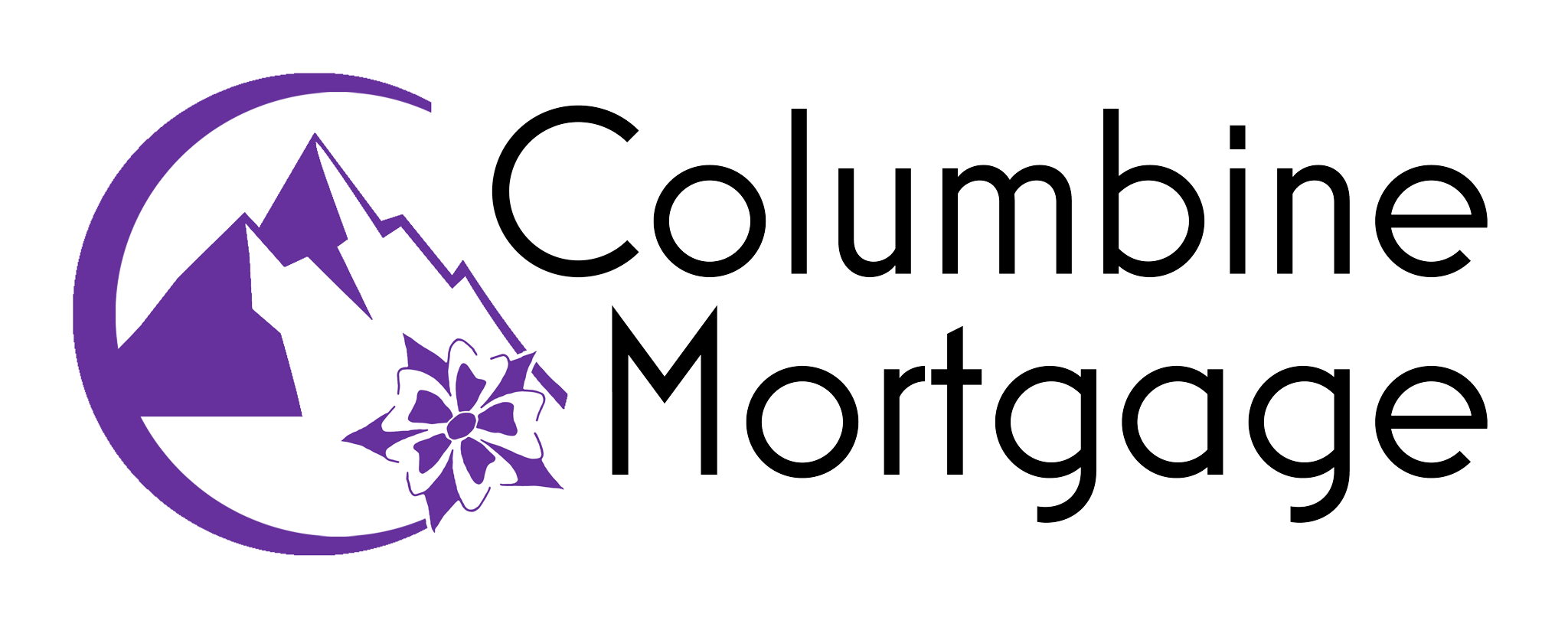Location Matters.
Its more than just your daily commute and the neighbors on your block; it can also have a direct impact on your wallet.
Community Reinvestment Act of 1977
The Community Reinvestment Act (CRA) is a federal law designed to encourage FDIC-insured depository institutions to help meet the needs of borrowers in all segments of their communities, including those borrowers who live in low- and moderate-income neighborhoods. Originally passed to reduce discriminatory credit practices (i.e. “redlining”), the Community Reinvestment Act requires federal regulators monitor financial institutions’ performance with regard to lending and the overall availability of banking services in the community. Regulators prepare periodic performance reports for each institution and those reports are considered when evaluating things such as mergers and acquisitions, new bank charters, adding new branches, relocating existing branches, or other similar corporate activities.
Because an institution’s ability to grow (among other things) can be restricted if they do not have a satisfactory performance record with regard to CRA lending activities, some institutions provide financial incentives to help borrowers when they buy homes in these areas.
Unlike the more familiar HomeReady/HomePossible programs or the Fannie Mae/Freddie Mac LLPA exemptions for First-Time Homebuyers, this CRA incentive program is based entirely on the location of the property and is not limited based on income levels, occupancy status, or property types (and can be used in conjunction with the above mentioned programs too!).
Is Your Property ‘IN THE ZONE’?
Enter your address and if it looks like it falls into the highlighted area, just reach out to your Columbine Mortgage professional for official verification.

The Community Reinvestment Act (CRA) is a federal law designed to encourage FDIC-insured depository institutions to help meet the needs of borrowers in all segments of their communities, including those borrowers who live in low- and moderate-income neighborhoods. Originally passed to reduce discriminatory credit practices (i.e. “redlining”), the Community Reinvestment Act requires federal regulators monitor financial institutions’ performance with regard to lending and the overall availability of banking services in the community. Regulators prepare periodic performance reports for each institution and those reports are considered when evaluating things such as mergers and acquisitions, new bank charters, adding new branches, relocating existing branches, or other similar corporate activities.
Because an institution’s ability to grow (among other things) can be restricted if they do not have a satisfactory performance record with regard to CRA lending activities, some institutions provide financial incentives to help borrowers buying homes in these areas.
Unlike the more familiar HomeReady/HomePossible programs or the Fannie Mae/Freddie Mac LLPA exemptions for First-Time Homebuyers, this CRA incentive program is based entirely on the location of the property and is not limited based on income levels, occupancy status, or property types (and can be used in conjunction with the above mentioned programs too!).
